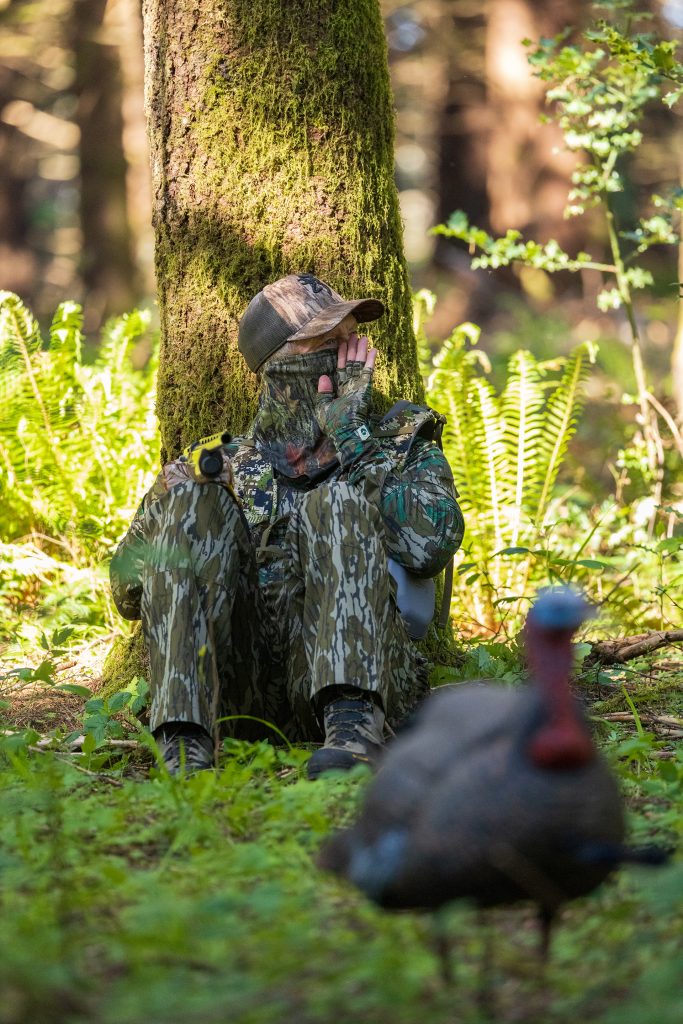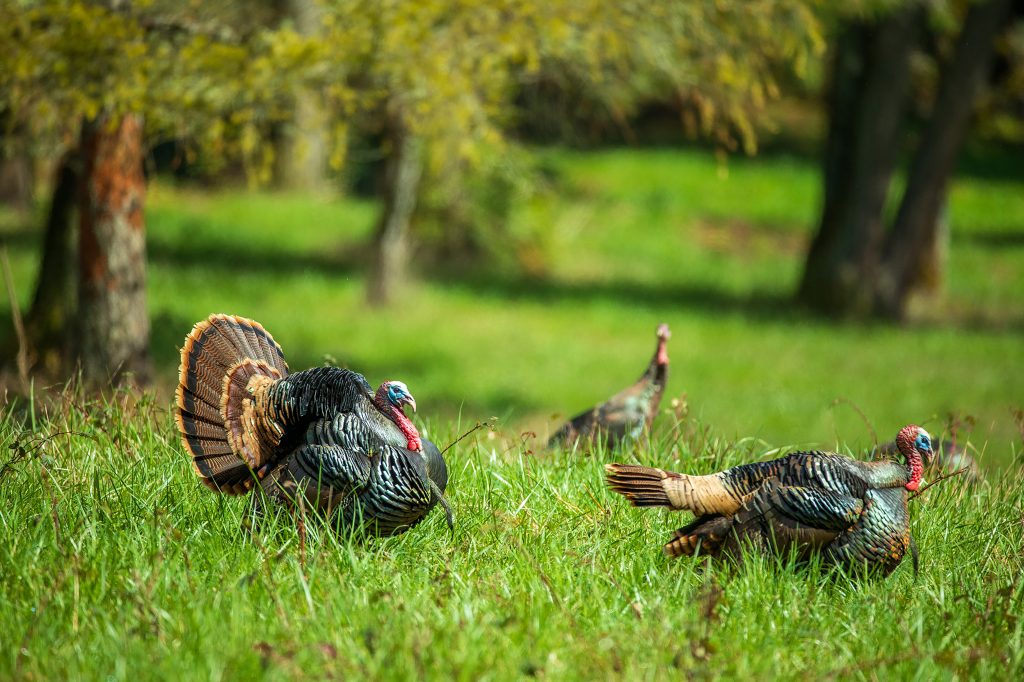The Value of Turkey Hunting, Solo
Silhouettes of lollipop shaped oak trees slowly took shape on the rolling hills. Robins rang out in forced melody. And distant gobbles echoed around me.

I was where I wanted to be, box call in-hand. Following a series of light yelps, three groups of toms gobbled. One was close. I cut the distance and called from the backside of the ridge where they roosted. When the toms flew down, they went the opposite direction.
I went after them, dropping in elevation. I called again. A new group of toms gobbled above and over another ridge. They were closer. I hiked toward them. A light series of yelps got them gobbling and double gobbling. I shook in anticipation, sweating from the uphill climb.
They were coming. Then, just as quickly as two red, white and blue heads crested the ridge, they stopped. I froze, fearing they saw me.
The toms dropped out of sight. I called louder, more aggressively. They gobbled back. The tips of their strutting fans appeared. Gun on my knee, I dared not move. The box call was nestled in the green grass next to me. The toms were slow to commit. I wished I knew how to work a diaphragm call.
Then it happened. The two toms strutted uphill, right at me. The shot was simple, inside 20 yards.

The year was 1986. It was my first day ever hunting turkeys. I used the same shotgun I shot waterfowl and upland birds with. The 3-inch handloads of No. 4 shot did fine. I reveled in the experience, alone. Thus began my turkey hunting passion.
Since then I’ve hunted turkeys in many places with many people. Still, the majority of my turkey hunting is done solo. I prefer it that way. The more I hunt alone, the more I realize I have yet to learn. I scout year-round for turkeys. Studying turkeys’ seasonal behaviors, their flock dynamics, poult recruitment, and the impact weather conditions and predators have on wild turkeys, reveals so much. I prefer scouting for turkeys, but also run numerous trail cameras on video mode in an effort to boost my knowledge.
Hunting alone allows you to draw your own conclusions, make your own decisions. It forces you to thoroughly assess all that’s going on around you, then formulate your next move based on personal observations and what you anticipate turkeys will do.

When afield with experienced turkey hunters, I often find us each relying on one another to help plan the next move. When hunting with new hunters, they look to me for guidance. When hunting with guides, I’m at their mercy. Many guides are cautious when hunting with clients, and rightly so, given the amount of movement and talking that unfolds. I get it.
I like hunting solo because words don’t break the silence or interrupt my thoughts. Hunting alone forces you to make decisions, decide what calls to use, what sounds to make, and when to make them. It finds you contemplating how long to stay in one spot before moving, decide if a decoy is necessary, or consider if a ground blind might offer an advantage. You’re the one who decides when and where the shot will come. When hunting alone there’s no one to answer to. You form your own hypothesis, make moves, and hope for the best based on what you’re seeing and hearing. Sometimes you win. Sometimes you don’t. That’s hunting. That’s how we learn. The more encounters you have with turkeys, the greater your understanding of them becomes.
Hunting alone leads to efficient pre-hunt planning. From patterning your shotgun to see what loads best perform, to learning how to use a variety of calls, you acquire the gear and develop the skills necessary to be the best hunter possible. When going solo, you’ll spend more time scouting than hunting. Nothing will make you a more proficient turkey hunter than observing birds and understanding their behaviors. Closely watching turkeys will teach you where to hunt and figure out what moves to make, and when. Base hunting decisions on turkey behaviors and your confidence will grow.
Even in this, my 39th season of turkey hunting, I make mistakes. Rarely is there a hunt where I don’t question my thoughts and moves. I still have a lot to learn. I wouldn’t want it any other way because once the desire to learn stops, the passion of hunting wanes.
For signed copies of Scott Haugen’s popular book, Western Turkey Hunting: Strategies For All Levels, visit scotthaugen.com. Follow Scott on Instagram and Facebook.